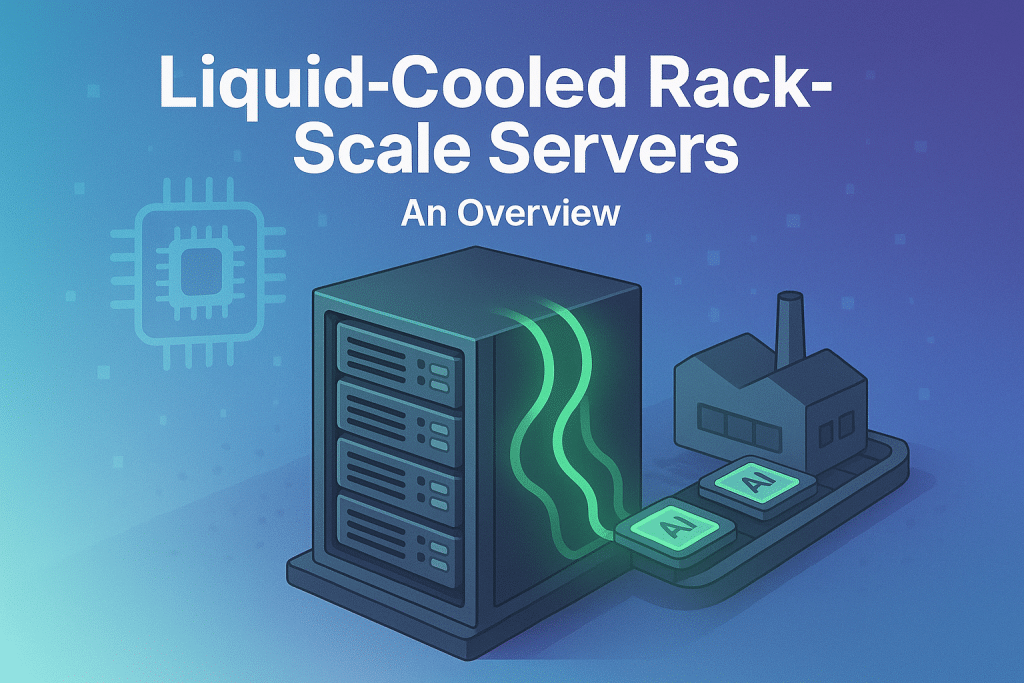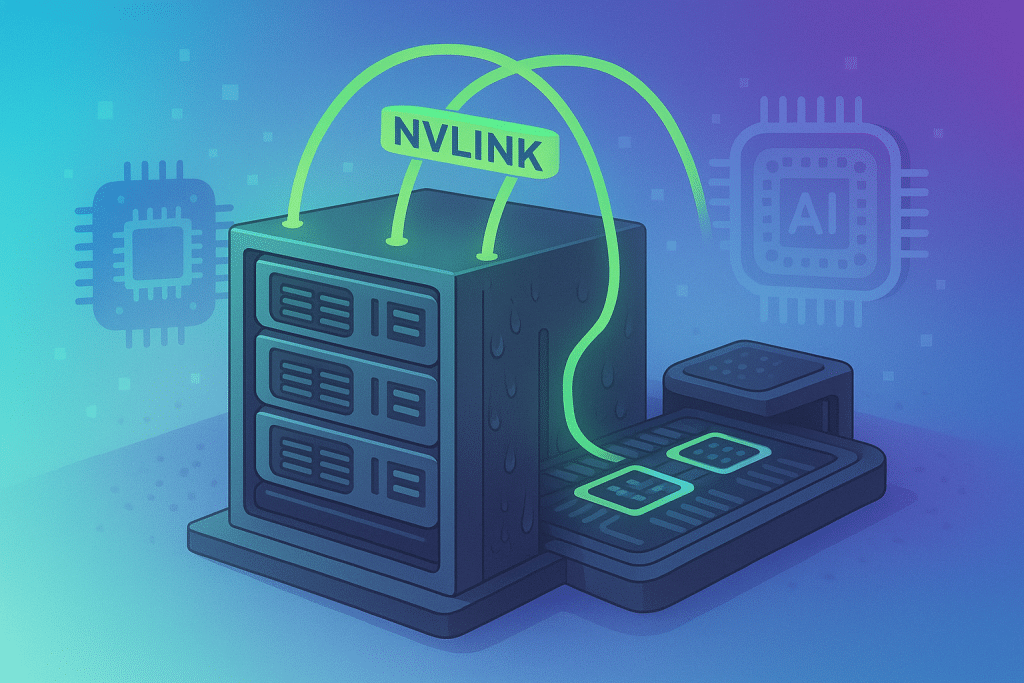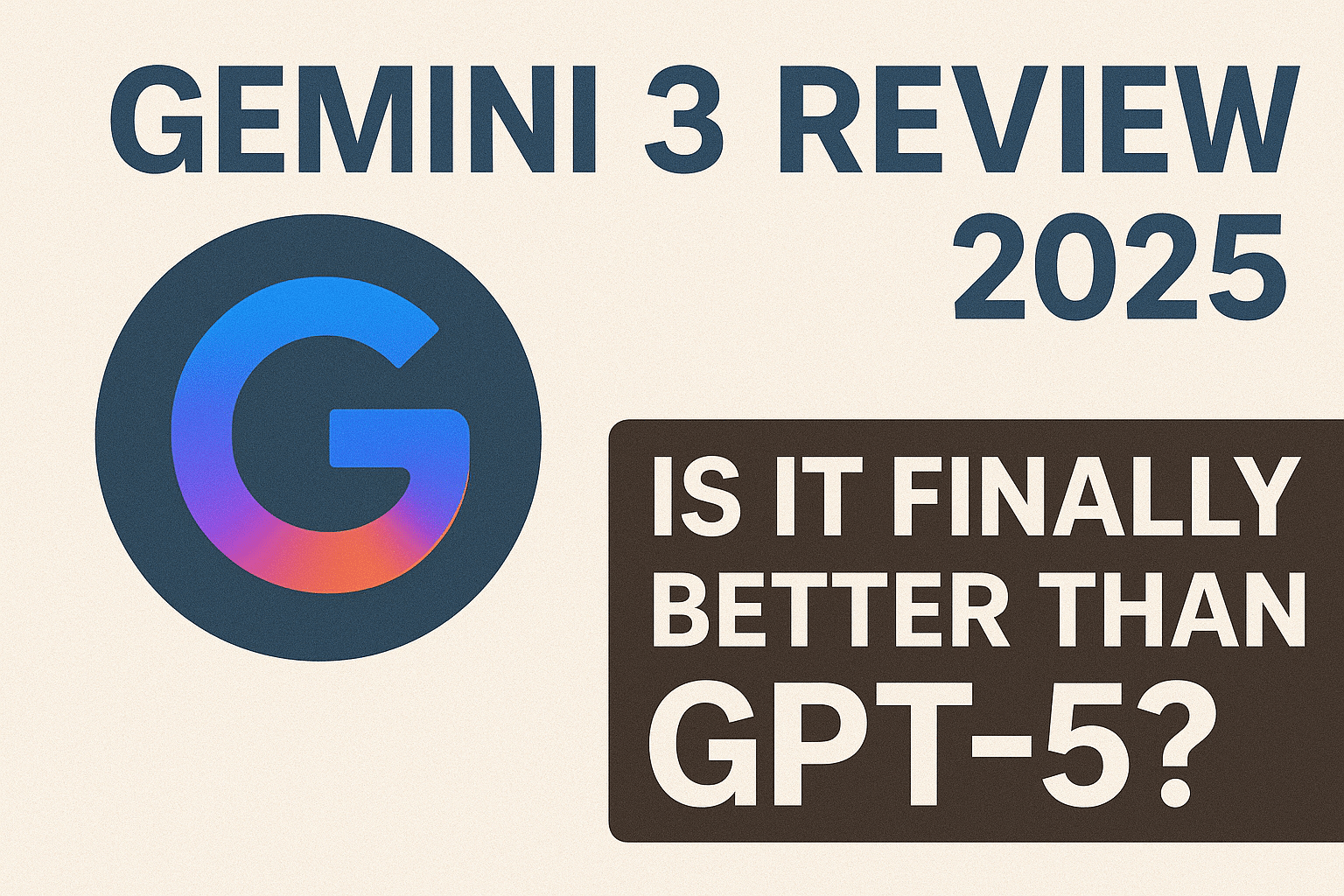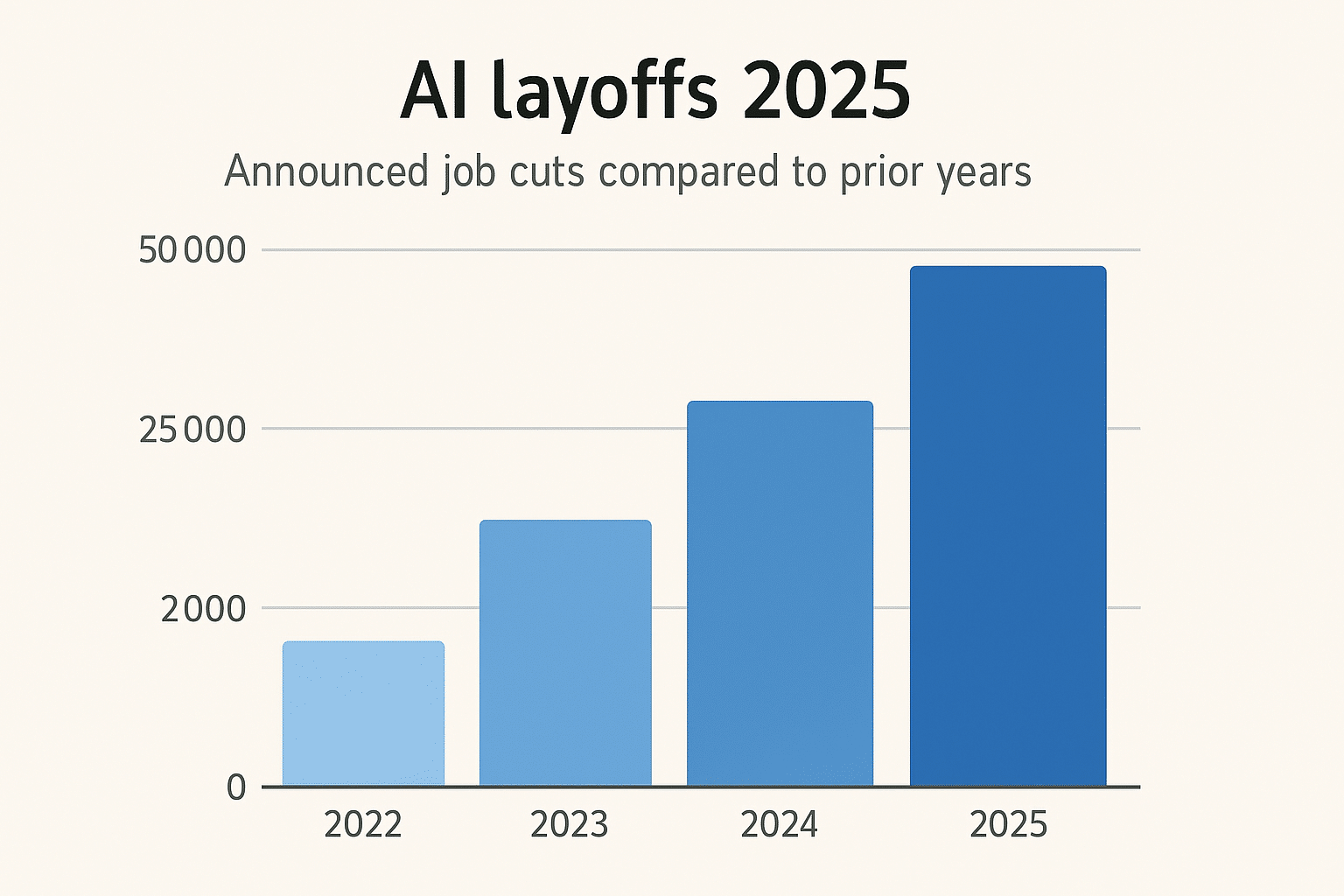Last updated: October 28, 2025. Informational only – this is not legal or financial advice – NVIDIA AI
NVIDIA AI cadence hasn’t slowed a bit. 2025 is shaping up to be the year when Blackwell hardware ships at scale, NIM microservices make model deployment point-and-click, and “AI factory” blueprints move from slideware to real infrastructure. Below is a fast, non-jargony roundup of what matters and why it matters for teams building AI products right now.
Table of Contents
The Backbone: Blackwell goes rack-scale
The star of NVIDIA’s current hardware lineup is the GB200 NVL72 a liquid-cooled, rack-scale system that stitches 72 Blackwell GPUs + 36 Grace CPUs into one giant NVLink domain. NVIDIA pitches it as enabling real-time trillion-parameter inference with dramatic speed-ups versus prior gen. If you’re planning clustered inference or multi-GPU training, this is the reference box to benchmark against.

Shipping the stack faster: NIM microservices
On the software side, NVIDIA NIM packages popular models as optimized, prebuilt inference microservices so teams can deploy on NVIDIA accelerators in cloud, data center, or edge with minimal ops work. That includes vision, text, and image models (even third-party ones) wrapped with sensible defaults and Triton-powered performance. Recent updates highlight how widely NIM is being adopted across the ecosystem.
- NVIDIA’s own blog flagged new open models and data including multimodal Cosmos variants available via NIM to streamline experimentation.
- Vendors keep integrating: H2O.ai added Nemotron + NIM into its enterprise stack, and JFrog built secure model delivery with NIM packaging to speed compliant rollouts.
- Even creative/image models like FLUX.1 Kontext are showing up in NIM, which hints at broader, plug-and-play content workflows.
AI Enterprise: the “operating system” layer
If you’re standardizing how your company runs AI, NVIDIA AI Enterprise remains the supported, cloud-native platform that ties drivers, frameworks, orchestration, and support SLAs together. NVIDIA’s Production Branch (PB 25h2, 25h1) cadence is the roadmap to watch for stability in regulated or large environments.
Looking ahead: Rubin era on the horizon
At GTC 2025, Jensen Huang previewed the next wave beyond Blackwell: Vera Rubin (with “Rubin Ultra” to follow), positioning it for the age of agentic and physical AI. NVIDIA set expectations for a late-2026 launch window while emphasizing the shift from perception → generative → reasoning and robotics.
NVIDIA’s newsroom has since teased Rubin CPX, a class of GPUs aimed at million-token inference and generative video, plus an NVL144 CPX rack platform touting massive performance and memory. Treat this as forward guidance for long-context coding and video workloads.
From blueprints to build-outs: the AI factory push
NVIDIA’s “AI factory” framing is turning into projects. The company and U.S. partners announced efforts spanning national labs and a new AI Factory Research Center in Virginia, laying the groundwork for Omniverse DSX and multi-generation, gigawatt-scale designs. For enterprises, the takeaway is clear: reference architectures are getting concrete (policy, security, operations) rather than just hardware lists.
Workstations get serious: Blackwell Ultra for desks
Blackwell isn’t only for racks. ASUS introduced a desktop workstation based on the GB300 Grace Blackwell Ultra “desktop superchip,” claiming up to 20 PFLOPS of AI performance and hundreds of GB of unified memory useful for power users who need fine-tuning or heavy inference without booking cluster time.
Creators & gamers: DLSS 4 leaps forward
On the consumer side, NVIDIA rolled out DLSS 4 with Multi Frame Generation, targeting huge frame-rate gains (paired with RTX 50-series) and upgraded transformer models for reconstruction and super resolution. Beyond gaming, these research advances often ripple into video and graphics AI tooling.

What this means for builders
- Plan for NVLink domains, not just nodes. If you anticipate retrieval-augmented, long-context, or multi-agent inference, study NVL72-class designs or at least network and memory topologies inspired by them.
- Adopt NIM where you can. It shortens time-to-serve and gives you a clean upgrade path as models iterate. The partner momentum suggests a healthy ecosystem around packaging, observability, and security.
- Track Rubin for 2026+ roadmaps. If your product relies on million-token contexts or video-native generation, align experiments now so you’re ready when silicon lands.
- “AI factory” isn’t just hype. Reference designs that bundle software, compliance, and physical infrastructure are emerging use them to justify procurement and accelerate approvals.
Bottom line
NVIDIA AI 2025 story is about scaling (NVL72), simplifying deployment (NIM + AI Enterprise), and signaling the next wave (Rubin + AI factories). If you’re choosing where to place your bets this quarter, prototype on NIM, validate your workloads against Blackwell-class topologies, and keep a close eye on Rubin’s timelines and the maturing factory playbooks.
FAQ NVidia AI 2025
Q1. What are the key NVIDIA AI themes for 2025?
A. Rack-scale Blackwell systems (GB200 NVL72), NIM inference microservices, NVIDIA AI Enterprise as the supported platform, early visibility into Rubin, and “AI factory” reference designs for production workloads.
Q2. What is GB200 NVL72 and why does it matter?
A. It’s a liquid-cooled rack that links 36 Grace CPUs and 72 Blackwell GPUs into one NVLink domain, enabling ultra-low-latency, trillion-parameter inference and large-scale training.
Q3. What are NVIDIA NIM microservices?
A. Pre-built, GPU-optimized inference services that package popular models with Triton and sane defaults, so teams can deploy across cloud, data center, and edge with minimal ops.
Q4. What does NVIDIA AI Enterprise provide?
A. A supported software stack—drivers, frameworks, runtimes, and production branches—plus NIM/NeMo components, giving enterprises a stable, governed path to production.
Q5. What is Rubin and why should we track it?
A. Rubin is the next architecture after Blackwell. It targets bigger context windows and heavier multimodal workloads (e.g., advanced generative video), informing long-term planning.
Q6. What does “AI factory” mean in this context?
A. Repeatable blueprints that bundle silicon, networking, power, software, security, and operations—so organizations can move from pilots to continuous, real-time AI production.
Q7. What’s new for workstations and creators?
A. Blackwell-class workstations bring high-end inference and fine-tuning to the desk, while DLSS 4 upgrades graphics with Multi Frame Generation and improved transformer models.
Q8. How should teams plan infrastructure in 2025?
A. Design around NVLink domains (not just single nodes), validate latency/throughput on NVL72-class topologies, standardize on NIM for serving, and align roadmaps with Rubin and AI-factory playbooks.
Q9. How do we get started quickly without a big migration?
A. Prototype with NIM on available NVIDIA GPUs, adopt NVIDIA AI Enterprise for supported deployments, and follow reference designs for security, compliance, and day-2 operations.
Q10. Where can I learn more about DLSS 4 improvements?
A. NVIDIA’s DLSS pages cover Multi Frame Generation, updated Super Resolution, and Ray Reconstruction—key features that boost frame rates on RTX 50-series GPUs.









Leave a Reply